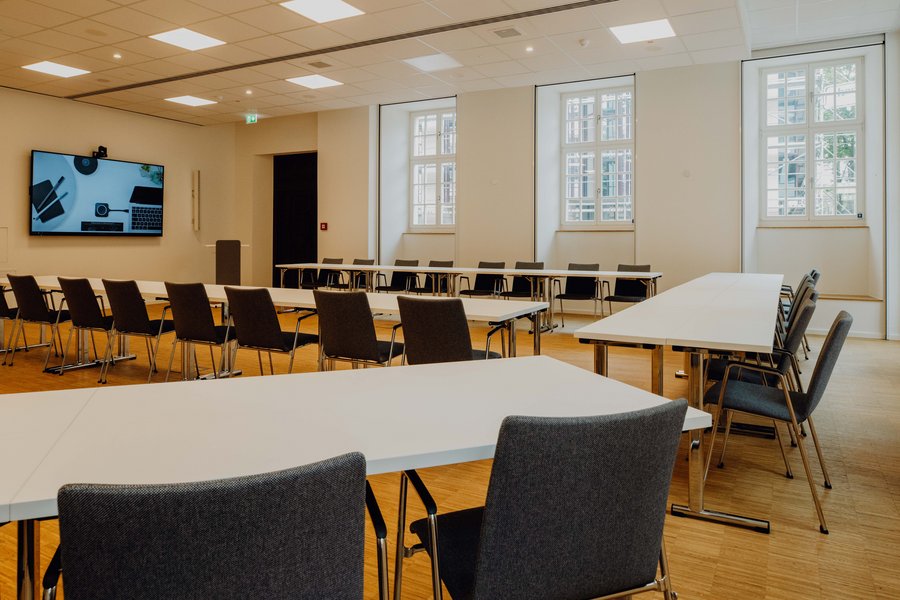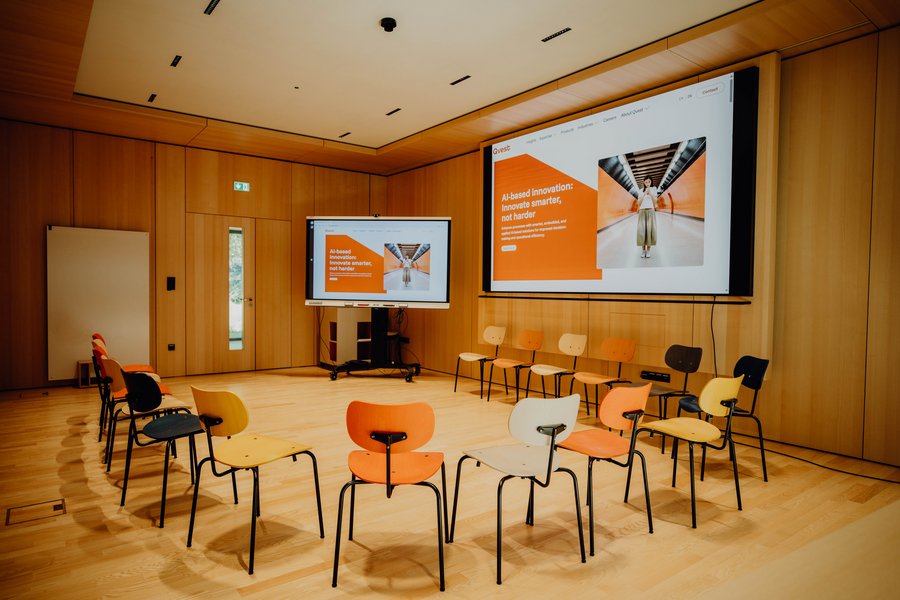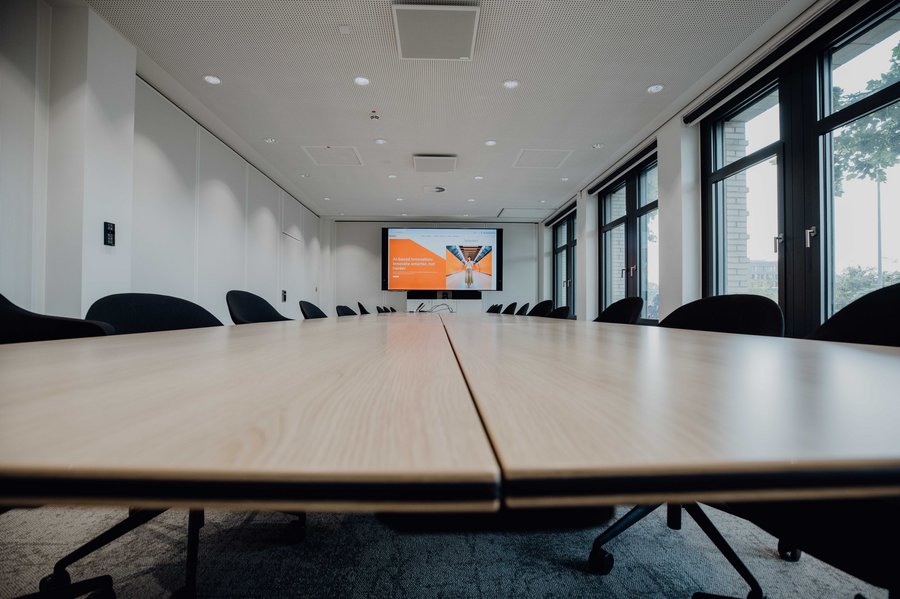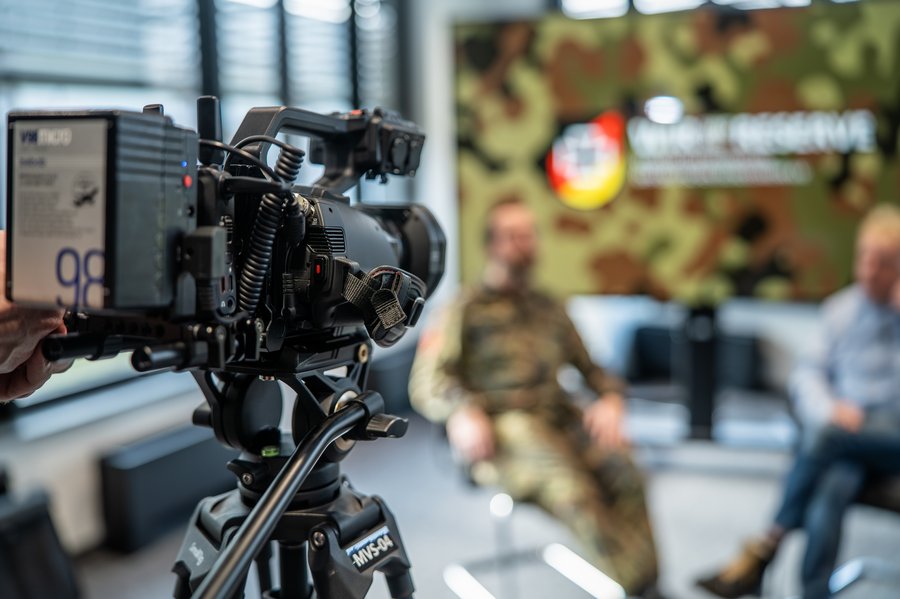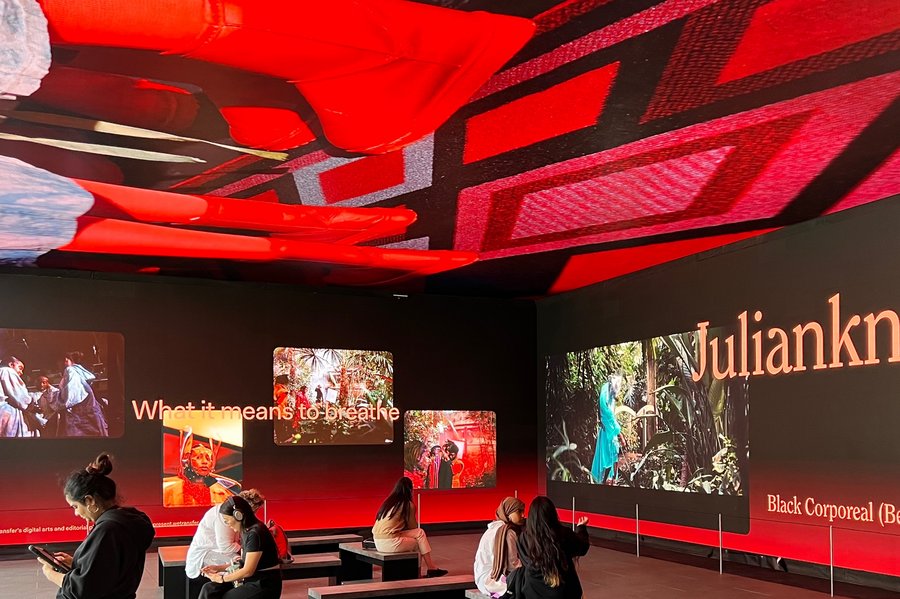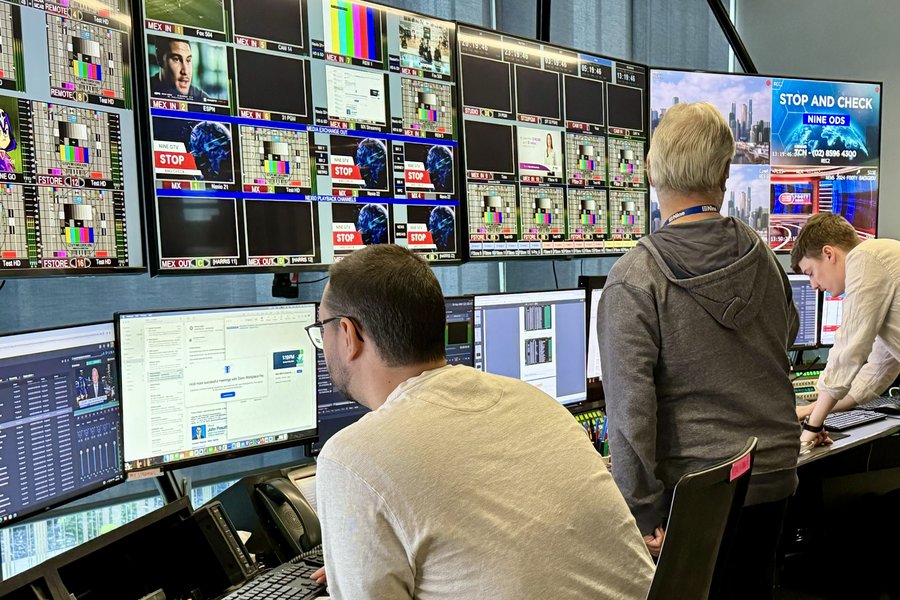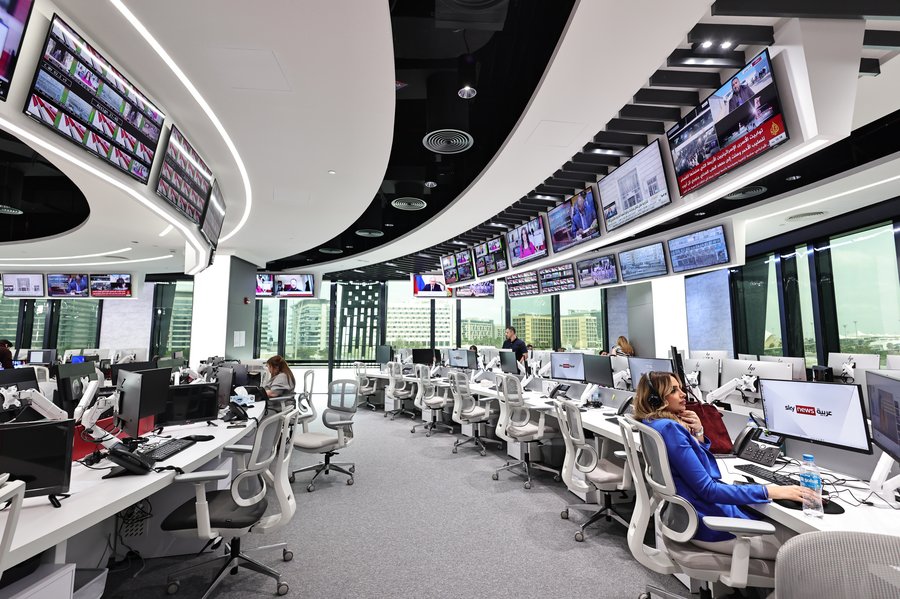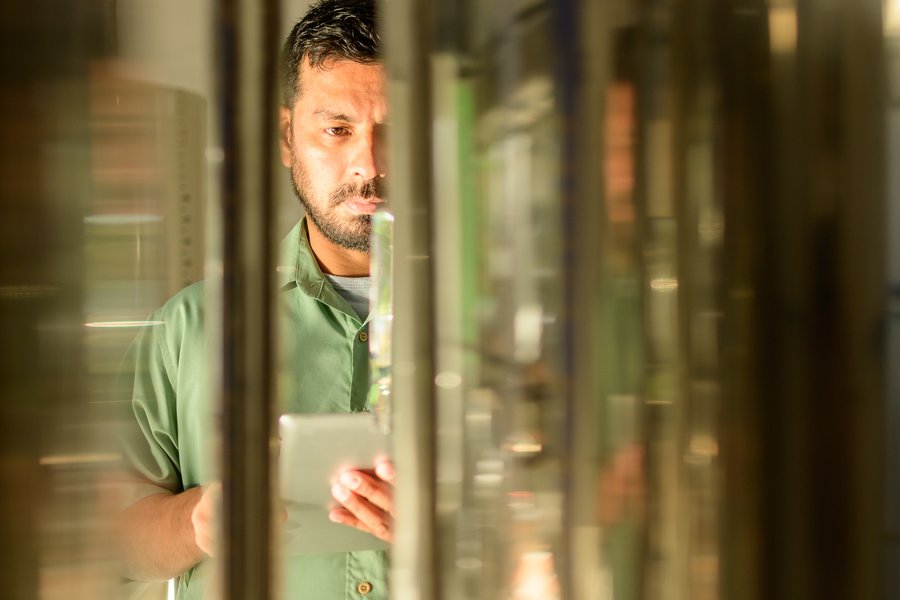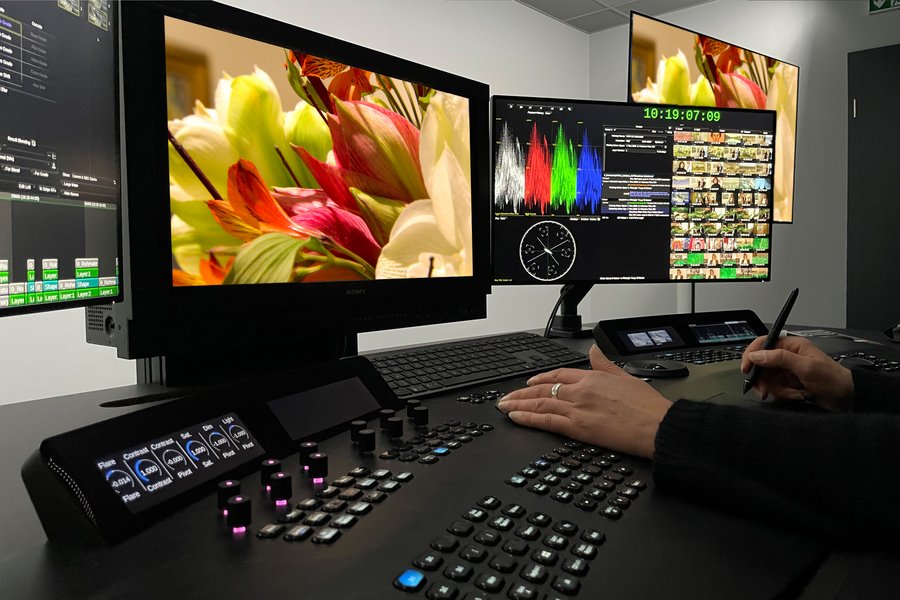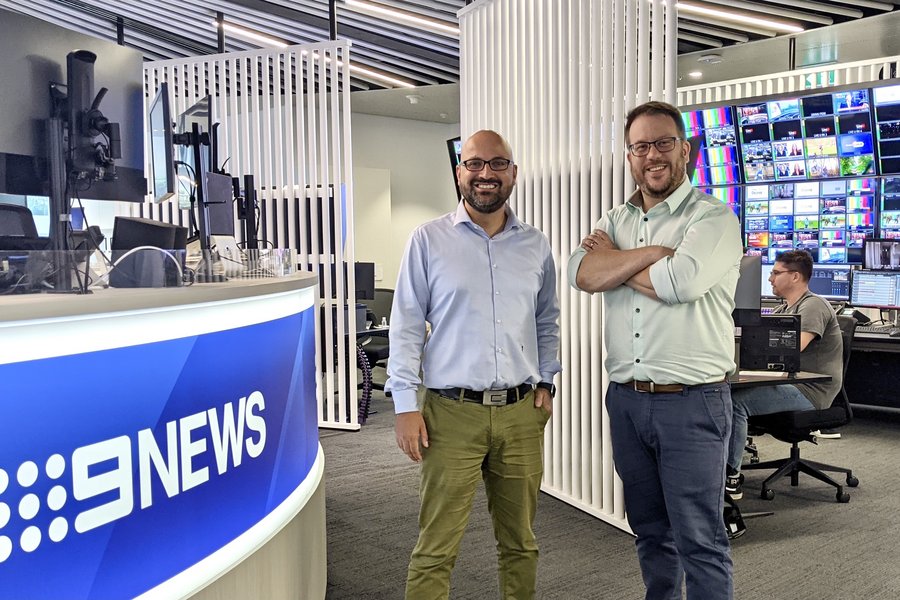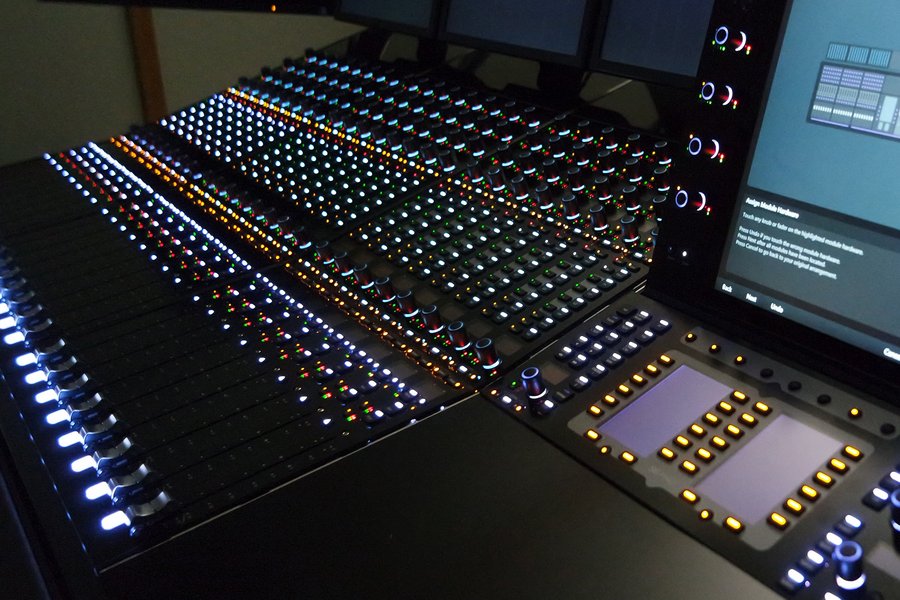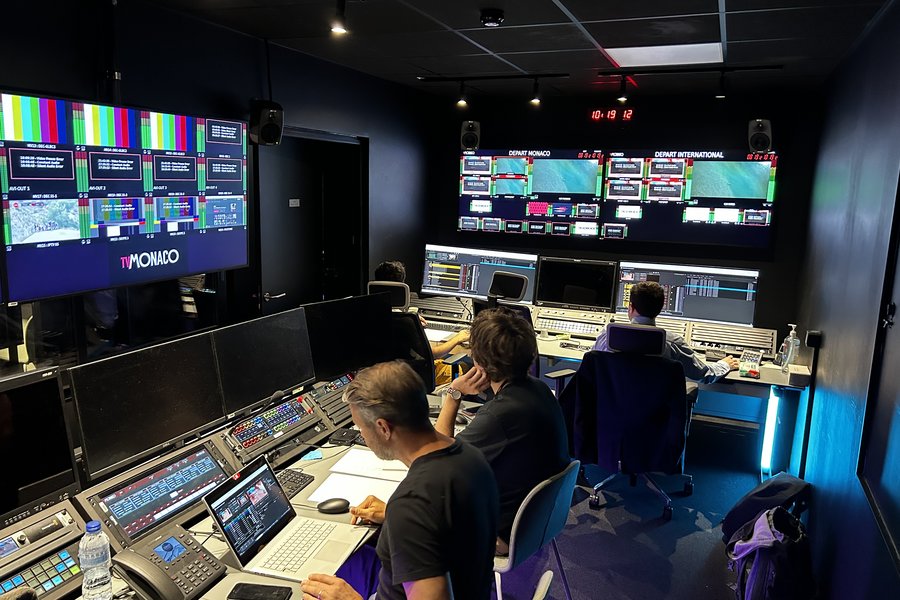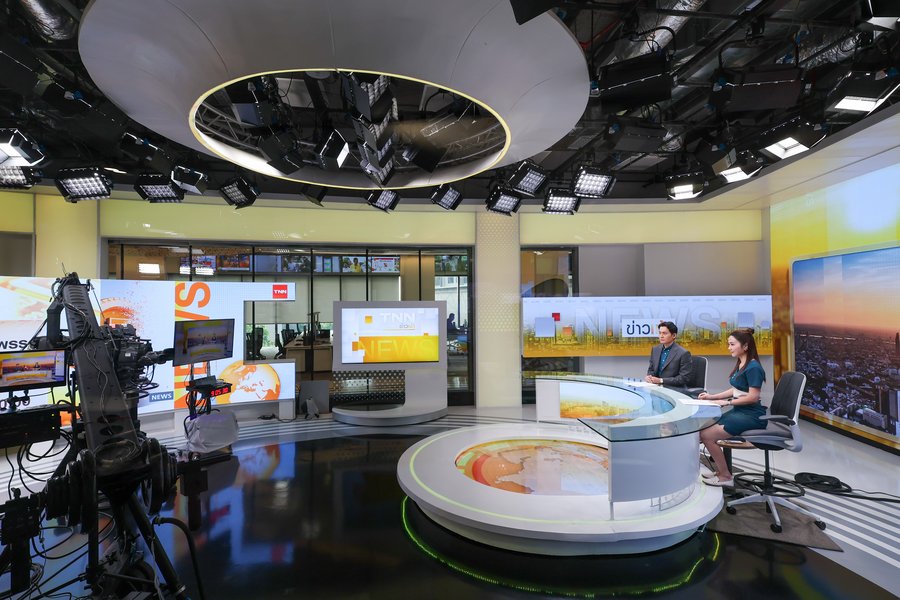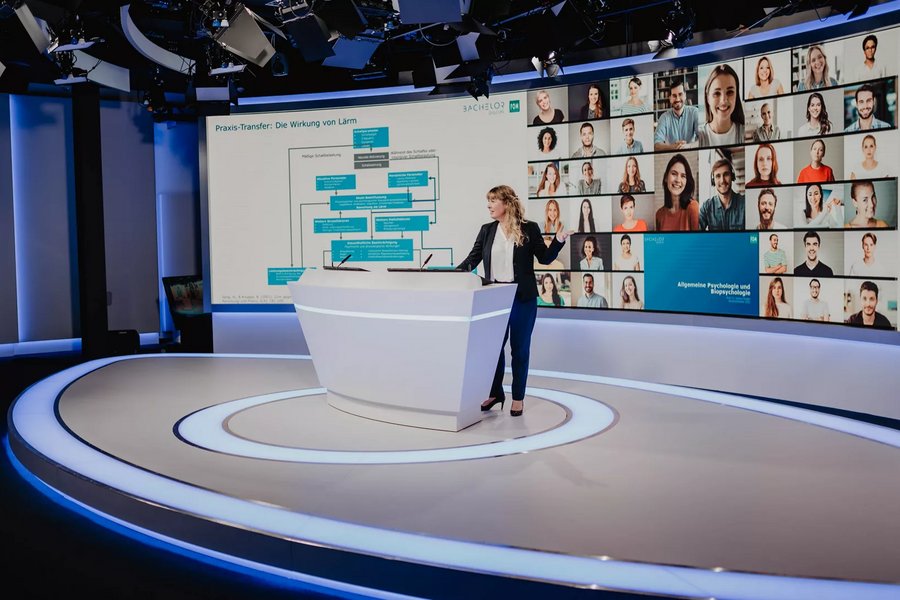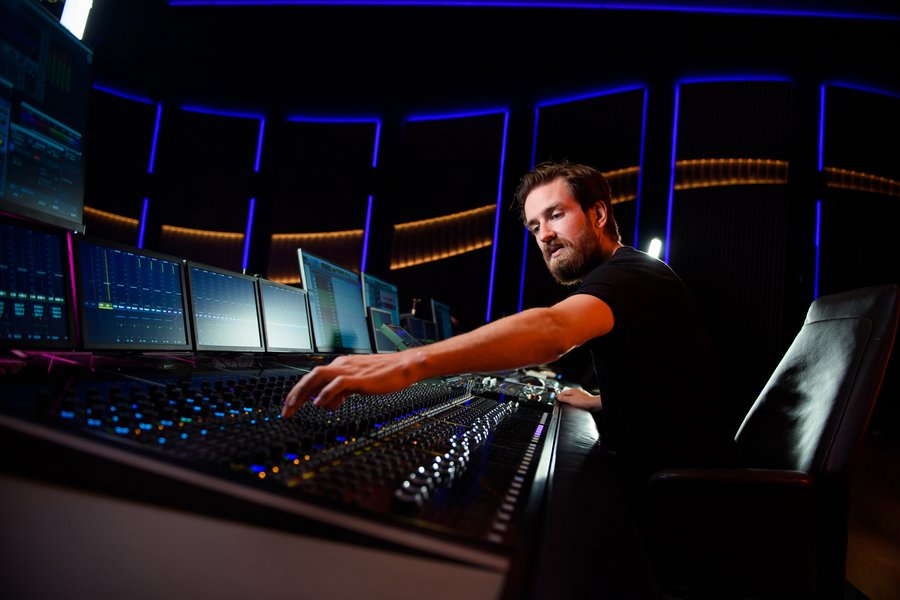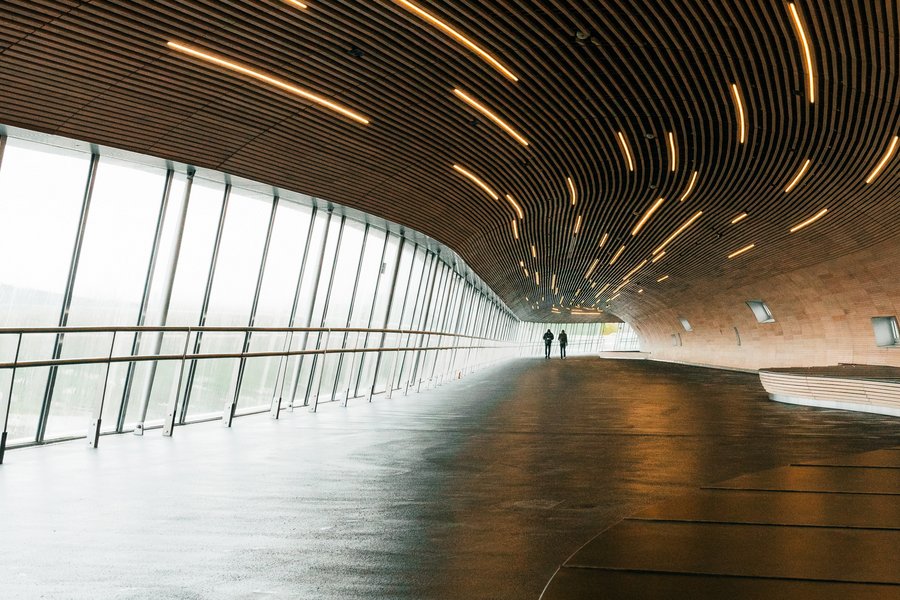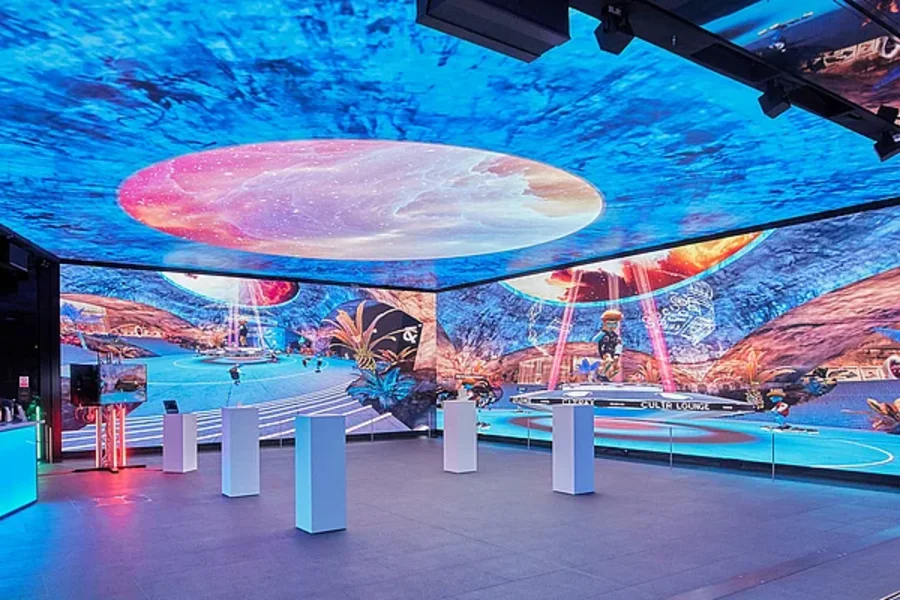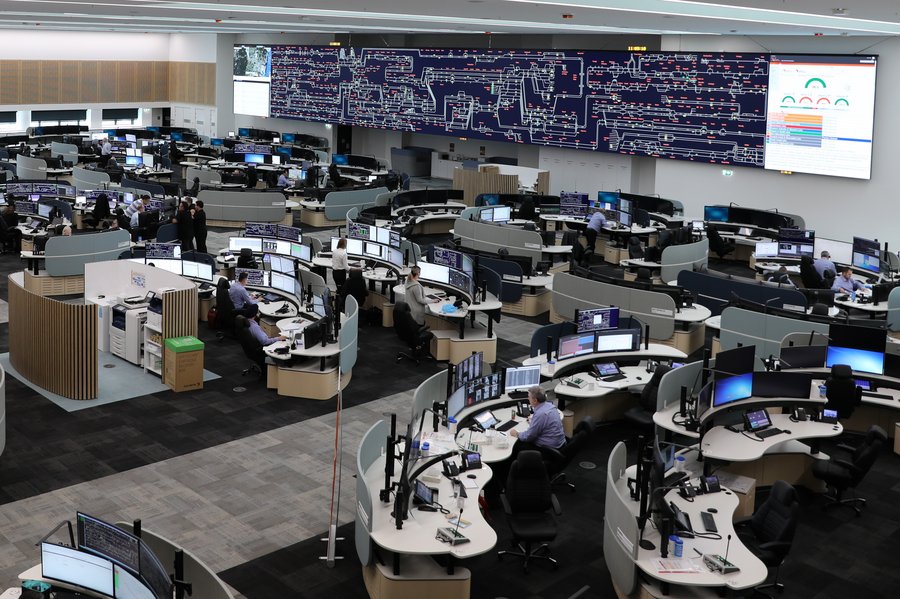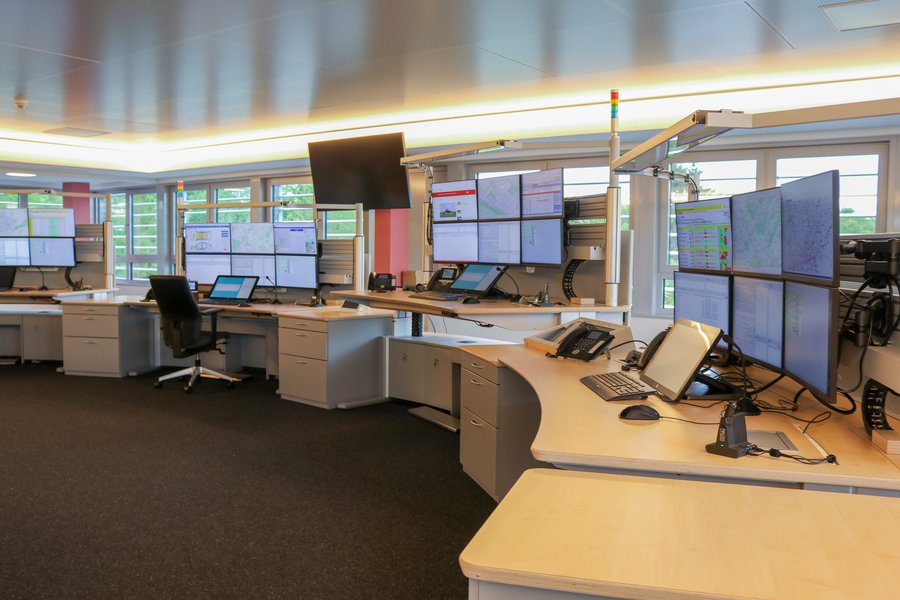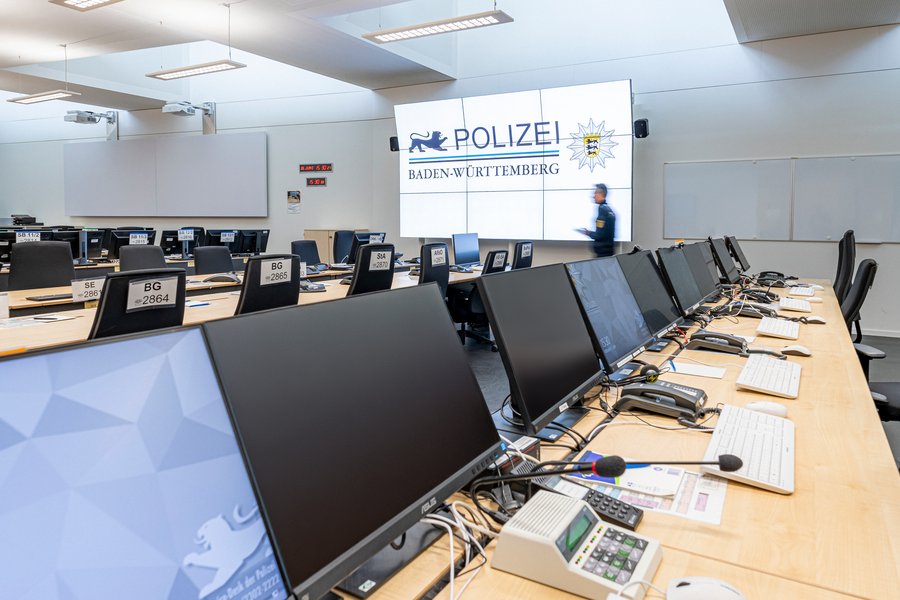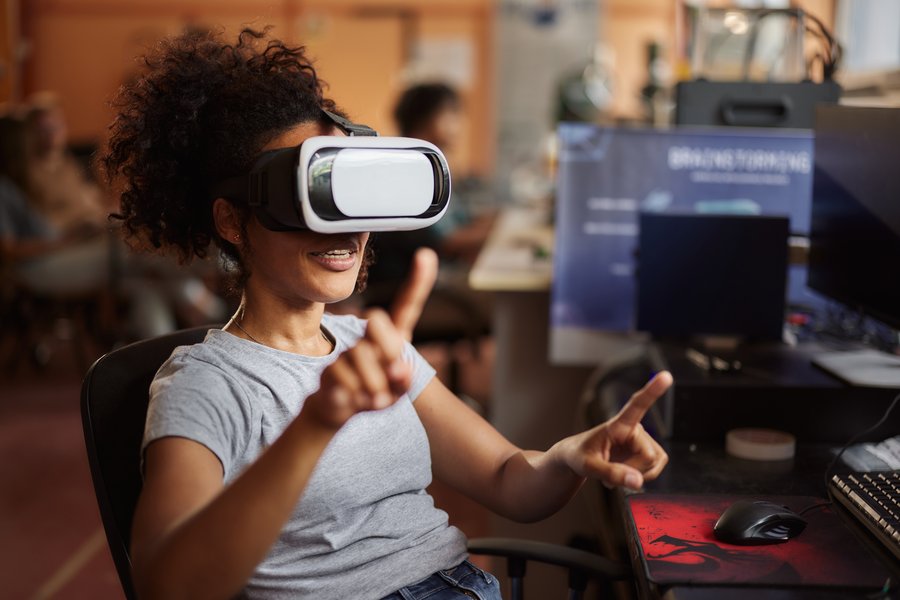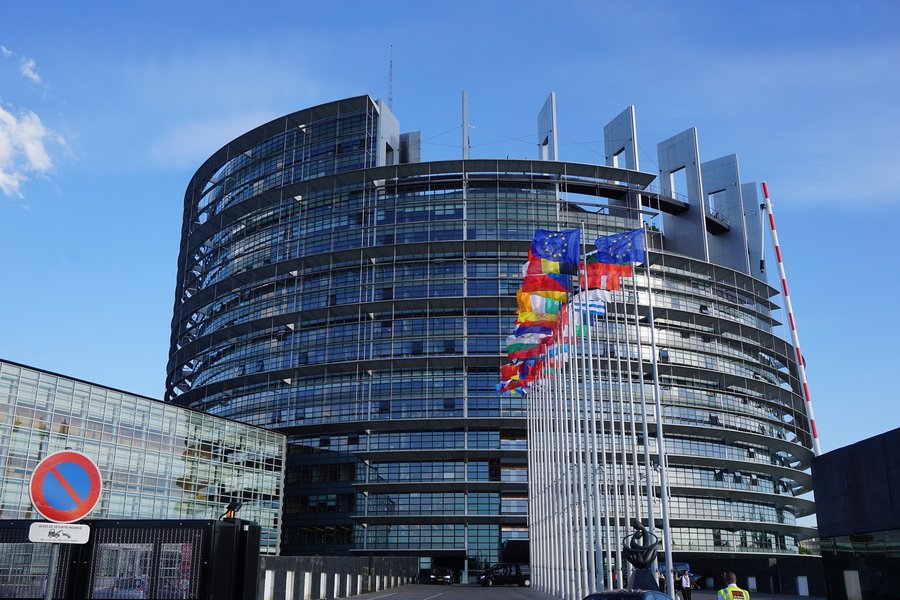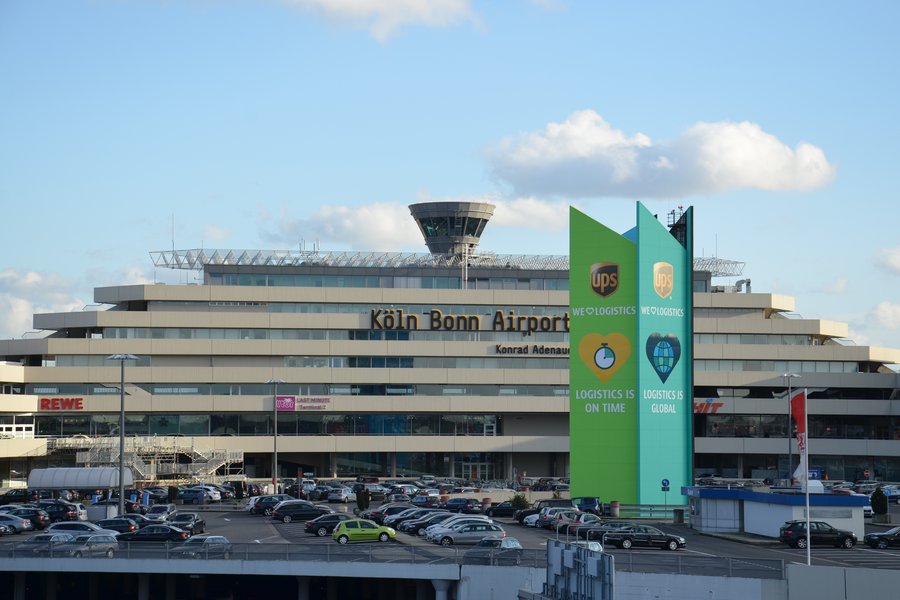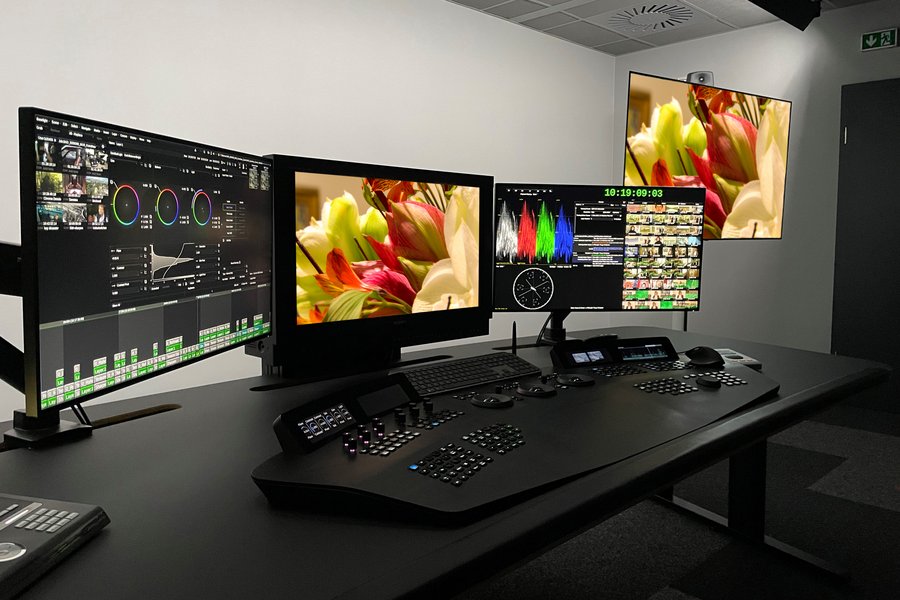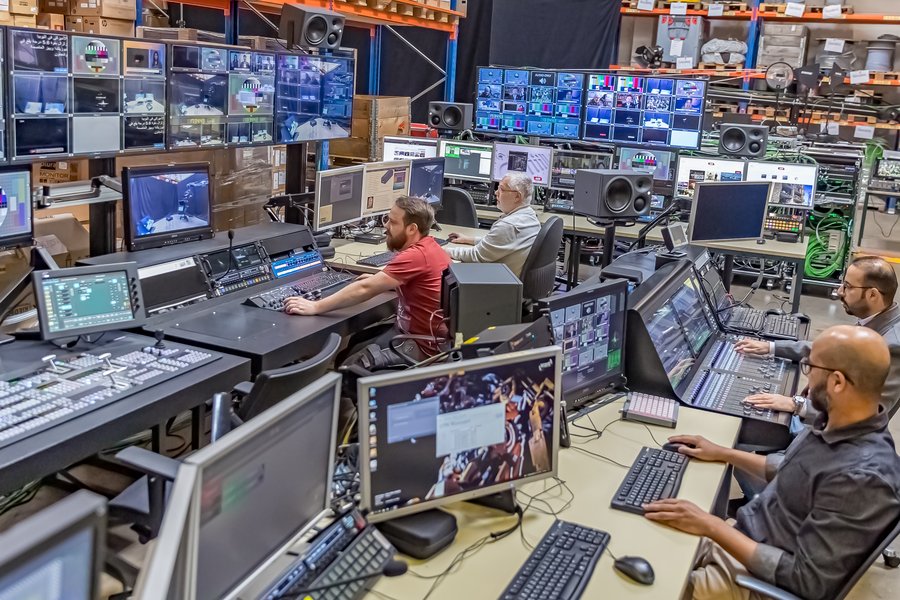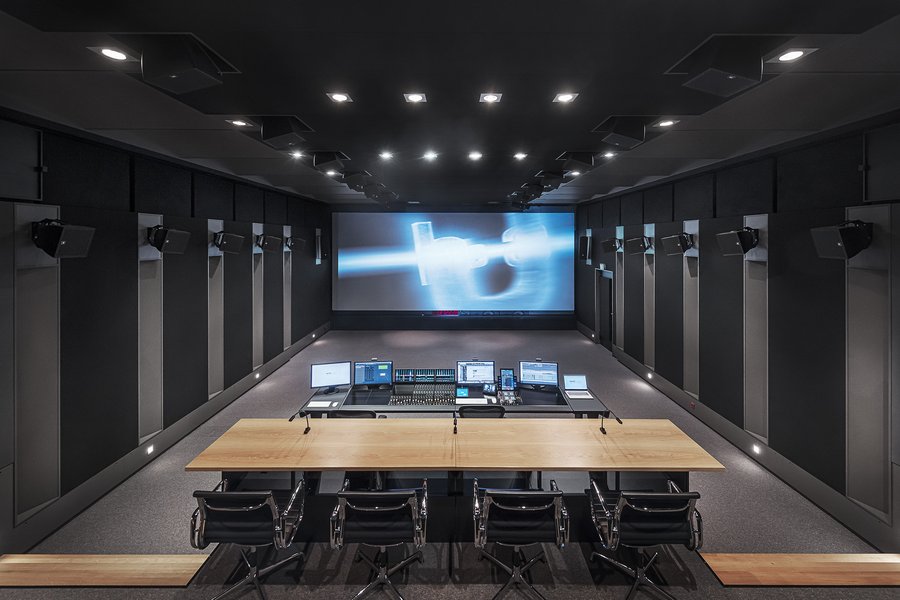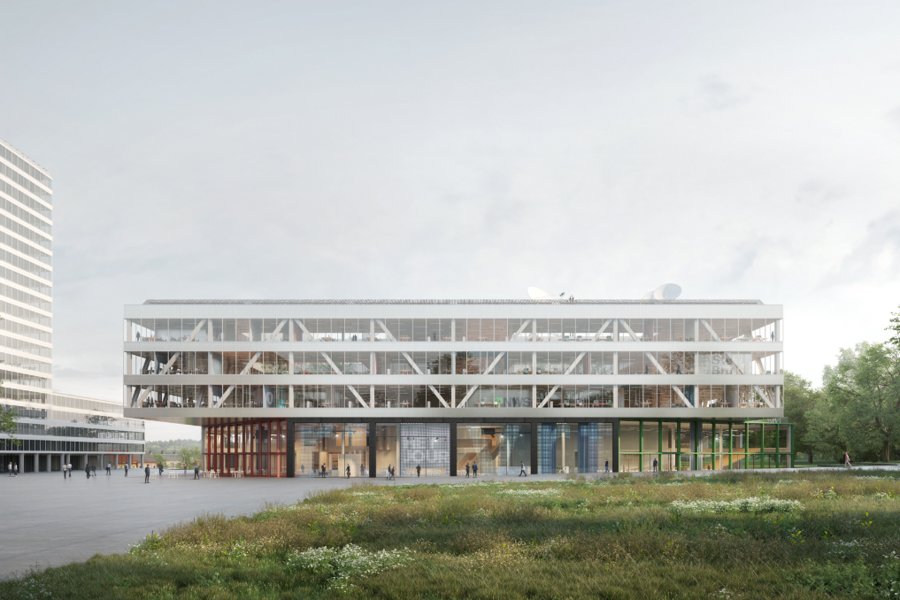Meeting room technology in transition: From hybrid meetings to immersive collaboration spaces
Today’s work is defined by flexibility, global collaboration and digital workflows. Companies are facing a challenge: how to rethink their physical workspaces to match. And meeting rooms are key. Why? Because they’re no longer just settings for formal discussions, they’re becoming critical to digital collaboration, innovation and company culture. The move toward immersive collaboration spaces marks a paradigm shift. It’s more than a tech upgrade, it’s a strategic opportunity.

The hybrid workplace is here to stay
The pandemic didn’t just allow for hybrid work, it made it essential. Experts like Stanford’s Nick Bloom predict it will be the standard by 2030. That means meeting spaces need to do more. They must bridge physical presence and digital collaboration - seamlessly, intuitively and reliably. That takes more than video calls. It calls for thoughtful room acoustics, smart control, adaptive displays, frictionless content sharing and platform integration. The tech should fade into the background while delivering top performance.
From meeting room to collaboration space: A new mindset
Traditional meeting rooms were built for presentation and hierarchy. Today’s collaboration spaces are made for interaction, creativity and engagement. The room becomes part of the conversation. Flexibility, modular design and sensory integration replace fixed setups and one-way communication. Collaboration tools like digital whiteboards, camera tracking, acoustic zoning and IoT-based control create a more immersive experience.
The goal is equal interaction and presence for everyone, whether they’re on-site or remote. Physical and digital spaces merge. The room becomes the interface.
What future-ready meeting spaces need
Immersive collaboration spaces depend on both tech and process. Organizations with expertise in control room tech, communications and system integration can develop solutions that are secure, scalable and fully tailored, while fitting seamlessly into existing AV and IT landscapes.
AV tech can’t be isolated anymore. Meeting spaces must integrate into the company network, support central management and work across platforms like Microsoft Teams or Zoom. Standards like AV-over-IP and open interfaces make the system future-proof and compatible.
One of the most common points of failure? People can’t hear each other. Effective hybrid meetings depend on well-planned room acoustics, microphone zoning, adaptive DSPs and optimal speaker placement. Immersive collaboration starts with sound.
In dynamic meetings, visual presence matters. Camera systems with auto-framing, speaker tracking and live switching (PTZ, multi-cam) create an experience that feels close to in-person. AI scene tracking and analytics personalize the virtual view.
Touch panels, voice control and sensor automation should make room operation simple. Automated scene switching, lighting and climate adjustments or single-tap presentation modes make spaces easier to use and also to reduce support needs.
From huddle rooms to full conference centers, spaces must be modular and tech-ready. Cloud management, remote monitoring and firmware updates are must-haves just like seamless UC system integration.
Why workplace experience matters
This shift is not just technical, it’s cultural. Meeting rooms are becoming statements of brand and culture. They shape how teams collaborate, connect and innovate. Thoughtfully designed spaces show appreciation and professionalism. They foster connection and support hybrid teams.
That’s why our portfolio, which consists of consulting, installation and training for meeting room tech, follows a holistic approach. It’s not just about the hardware. It’s about the full experience: from spatial planning to media integration to rollout and operations. And always with people at the center.
What projects teach us: Success factors
Our experience shows that long-term value comes from strategic, user-centered and well-integrated solutions.
Best practices include:
-
Needs assessment and room matrix: Not every space needs the same tech. Plan based on usage scenarios.
-
Prototyping and feedback loops: Pilot a test room before rollout, ideally with real users involved.
-
Central management and operations: Unified control, monitoring and remote support save time and boost uptime.
-
Workplace strategy integration: Meeting rooms shouldn’t stand alone, integrate with intranet, calendars, booking and building systems.
-
Employee enablement: Training and change communication are key for user acceptance and adoption.
Conclusion: Collaboration spaces are a strategic investment
This isn’t just a tech refresh. It’s an investment in future capability. It strengthens infrastructure but more importantly, it fuels collaboration, innovation and talent retention.
Organizations that invest in smart, immersive collaboration spaces today are creating the conditions for a connected, productive and inspiring workplace and positioning themselves as modern, forward-looking employers.





